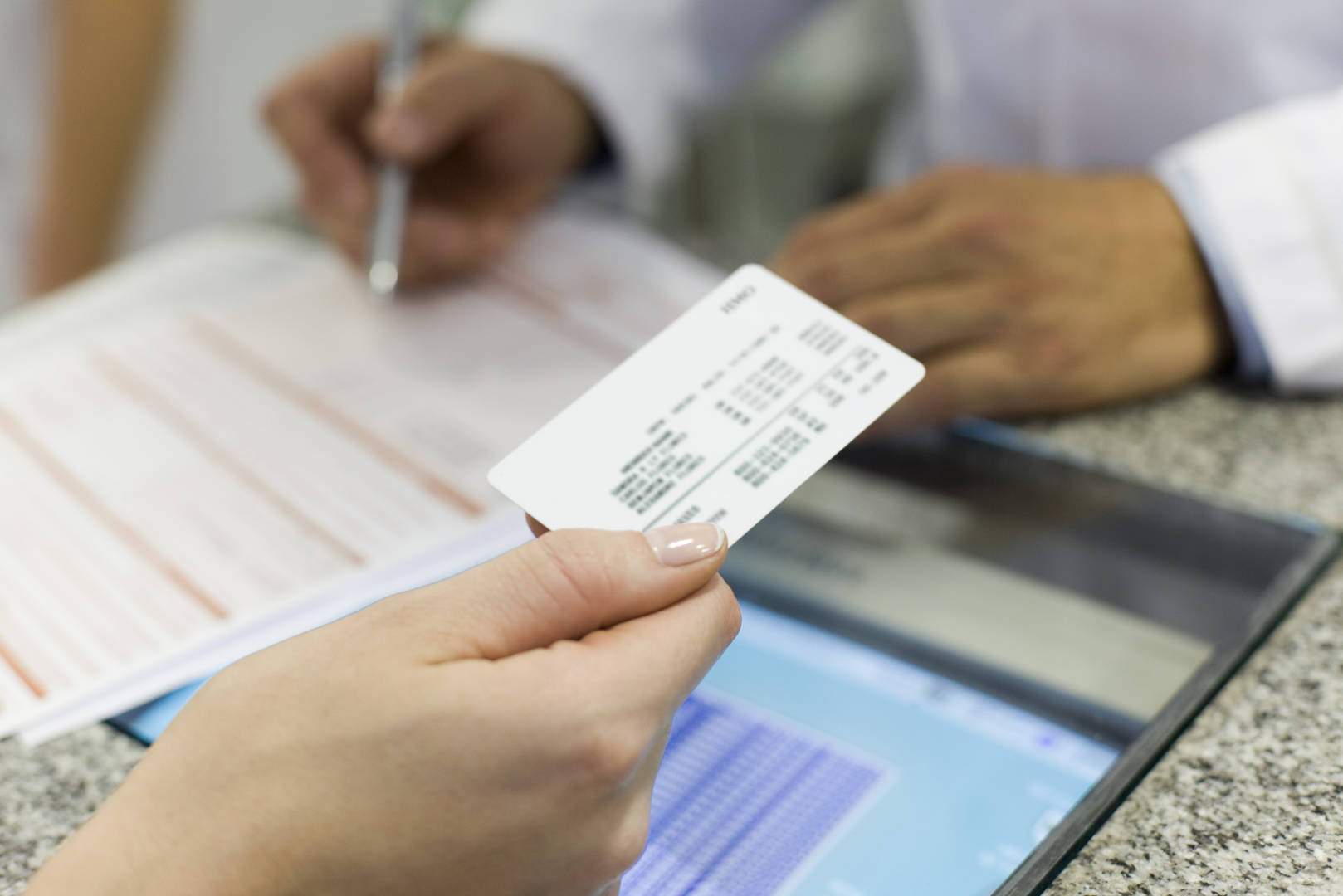Buy-and-bill vs. self-administered: Field services remove barriers across access points
By Rod Bryant, MS, MarSha Lewers
No matter how patients get specialty medications, complexity can create barriers. Whether the medications are physician-administered in the provider's office or self-administered by patients, both options can come with access hurdles.
Under the buy-and-bill model, physicians purchase products for in-office administration and bill payers for both the product and the administration. While this saves patients the burden of self-administering therapy and ensures they receive the treatments they need when they need them, the model comes with upfront costs for the physician. The self-administered model allows patients to receive medicine from a pharmacy, which can hold back speed to therapy and adherence. The onus is on patients to secure the medication and adhere to the directions. Both models may have patient out-of-pocket costs.
While there's no right or wrong model, removing barriers to therapy for patients means understanding the similarities, differences, and complexities in navigating reimbursement and access for either product type. That's why manufacturers engage field services teams who have payer experience plus access know-how.
With support from a qualified field reimbursement and access partner, manufacturers can ensure providers have the support they need to make educated decisions about the appropriate product acquisition pathway, payer coverage requirements, patient support programs, and more in order to overcome access challenges — whether the product is provider-administered or self-administered.
Field support for physician-administered products
When physicians follow a buy-and-bill model, reimbursement can get tricky. Responsibilities like proper coding, clinical note submissions, prior authorizations and appeals are the responsibilities of the provider. And if one step gets missed, patients and physicians may be responsible for unexpected or unreimbursed costs, as well as delays in treatment.
One example is the Healthcare Common Procedure Coding System (HCPCS) coding, where "J codes" are used to bill payers for drugs that cannot be administered orally. For new products with miscellaneous J codes, payers may require that providers complete an additional documentation request, or ADR. These requests may ask for clinical notes or other information to support the therapy.
A lot of physicians may shy away from using a product that has a miscellaneous J code because of the additional documentation requirements and/or the uncertainty around the payer's policy and what to anticipate in reimbursement. The payer's request for additional documentation is often confused with a claim denial; however, the payer may simply need more information because they haven't fully integrated the product information into their system. Experienced field reimbursement and access teams help providers navigate those nuances through education.
"There is a range of complexities in the buy-and-bill space from the provider's perspective, and that's where the field support team is critical."
Miscellaneous J codes are just one example. There is a range of complexities in the buy-and-bill space from the provider's perspective, and that's where the field support team is critical. They educate providers upfront about the requirements they may need to know and the steps necessary to manage through the process. A good field reimbursement and access specialist (FRAS) can be a very calming presence — even virtually — for the physician practice.
That support extends to helping providers educate patients about out-of-pocket costs. Providers will want to make sure patients know what their potential financial obligation is because the payer's portion plus the patient's portion are both needed to recover the cost of those already-purchased products.
Field support for self-administered products
Self-administered therapies may not have the same financial risks as buy-and-bill products for the practice, but they can still come with payer requirements such as prior authorization. Other complexities like patient cost-sharing and benefits verification make field support equally helpful for this model.
"Self-administered therapies may not have the same financial risks as buy-and-bill products for the practice, but they can still come with payer requirements such as prior authorization."
The right field services partner can educate providers so that they can educate their patients on how benefits for self-administered drugs work. That includes helping patients understand their out-of-pocket from the outset, as well as what resources might be available from the manufacturer, such as copay assistance.
Physicians also commonly ask whether self-administered products should go toward medical or pharmacy benefits. And that depends. A benefits investigation can explore both options. For example, out-of-pocket for patients may differ between pharmacy and medical, so having a field team with hub support can help physicians evaluate different options.
What to look for in a field support partner
With the challenges inherent in both physician- and self-administered therapies, finding the right field services partner is essential. But what makes someone the right fit?
Experience is a crucial consideration. Partners adept at working with different acquisition models and specialty products are ideal, as are those with extensive training programs and a full-time team dedicated to individual clients.
Also, evaluate a potential partner's familiarity with a range of specialties. Consider someone who understands the nuances of working with primary care providers, oncologists, and other specialists. Not only should partners know the specific knowledge gaps of different specialists, but they should also understand the differences in practice dynamics and office management.
After all, specialty medications come with many complexities. But with effective field support, manufacturers can help providers work through those barriers to improve patient access. And that support can make all the difference.






